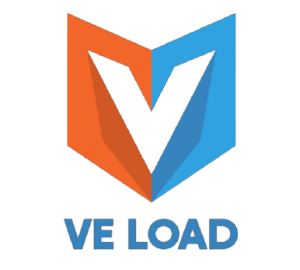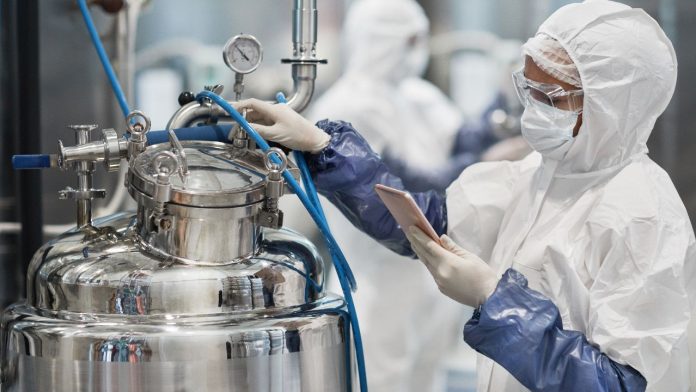The maintenance of pharmaceutical production equipment is a critical aspect of ensuring the efficiency, safety, and compliance of manufacturing processes in the pharmaceutical industry. Proper maintenance not only extends the lifespan of equipment but also guarantees that products meet the stringent quality standards required by regulatory agencies.
This article discusses the importance of maintenance, the types of maintenance practices, and best practices for maintaining pharmaceutical production equipment.
Importance of Maintenance
- Quality Assurance: Regular maintenance of production equipment is essential for maintaining the quality of pharmaceutical products. Equipment that is not properly maintained can lead to contamination, inaccurate dosing, and inconsistent product quality, which can have serious implications for patient safety.
- Regulatory Compliance: The pharmaceutical industry is heavily regulated, and manufacturers must comply with Good Manufacturing Practices (GMP) set forth by agencies such as the FDA and EMA. Regular maintenance ensures that equipment operates within specified parameters, helping companies avoid regulatory penalties and product recalls.
- Operational Efficiency: Well-maintained equipment operates more efficiently, reducing downtime and increasing productivity. This efficiency is crucial in a competitive market where timely delivery of products is essential.
- Cost Savings: Preventive maintenance can help identify potential issues before they escalate into costly repairs or equipment failures. By investing in regular maintenance, companies can save money in the long run by avoiding unexpected breakdowns and production delays.
Types of Maintenance Practices
- Preventive Maintenance: This involves scheduled maintenance activities designed to prevent equipment failures before they occur. Preventive maintenance tasks may include regular inspections, cleaning, lubrication, and replacement of worn parts. A well-planned preventive maintenance program can significantly reduce the risk of equipment breakdowns.
- Corrective Maintenance: This type of maintenance is performed after a piece of equipment has failed or is not operating correctly. Corrective maintenance aims to restore equipment to its normal operating condition. While necessary, relying solely on corrective maintenance can lead to increased downtime and higher costs.
- Predictive Maintenance: Predictive maintenance uses data and analytics to predict when equipment is likely to fail. By monitoring equipment performance and analyzing trends, companies can schedule maintenance activities at the optimal time, minimizing disruptions to production.
- Routine Maintenance: Routine maintenance includes daily or weekly tasks that operators perform to ensure equipment is functioning correctly. This may involve checking fluid levels, cleaning filters, and inspecting for visible wear and tear.
Best Practices for Maintenance
- Develop a Maintenance Schedule: Establishing a comprehensive maintenance schedule that outlines preventive and routine maintenance tasks is essential. This schedule should be based on manufacturer recommendations and industry best practices.
- Train Personnel: Proper training for maintenance personnel and operators is crucial. Staff should be knowledgeable about equipment operation, maintenance procedures, and safety protocols to ensure effective maintenance practices.
- Document Maintenance Activities: Keeping detailed records of all maintenance activities, including inspections, repairs, and replacements, is essential for compliance and quality assurance. Documentation helps track equipment performance and identify recurring issues.
- Use Quality Parts and Materials: When replacing parts or materials, it is essential to use high-quality components that meet industry standards. Using subpar materials can lead to equipment failures and compromise product quality.
- Conduct Regular Audits: Regular audits of maintenance practices and equipment performance can help identify areas for improvement. These audits should assess compliance with maintenance schedules and the effectiveness of maintenance activities.
Conclusion
In conclusion, the maintenance of pharmaceutical production equipment is vital for ensuring product quality, regulatory compliance, and operational efficiency. By implementing effective maintenance practices, pharmaceutical manufacturers can enhance the reliability of their equipment, reduce costs, and ultimately improve patient safety. Investing in a robust maintenance program is essential for the long-term success of any pharmaceutical manufacturing operation.








